2000 Honda Integra Type R
In the car sphere, the letter ‘R’ brings with it a certain expectation. R is for race. We delve into...
Back in the early nineties, Toyota’s line-up was brimming with Sportsters, the Celica GT 4 and revitalised Supra leading the way. Even a cool Corolla could still be had. Toyota’s finger was also in the luxury pie with the recent advent of the Lexus brand. In its home market, Toyota luxury was well established with its Crown and MkII lines and in 1981 it introduced the Soarer, a big coupe option. Based on the Supra, it evolved over four generations, and this model we have here is the Z30 series, the third iteration. It debuted in 1991, Toyota referring to it at the time as a ‘luxury, high-performance specialty car’.
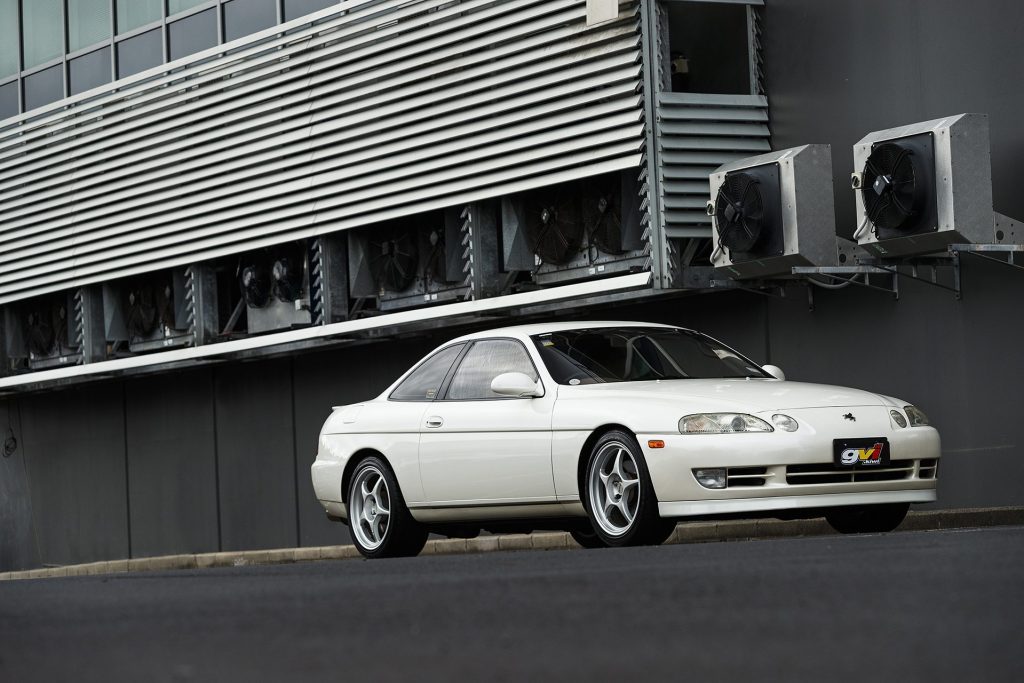
To ‘satisfy the sophisticated demands of specialty-car buyers’ the designers set out to create a ‘completely unique car, blending advanced styling, safety, and performance with a luxurious interior’.
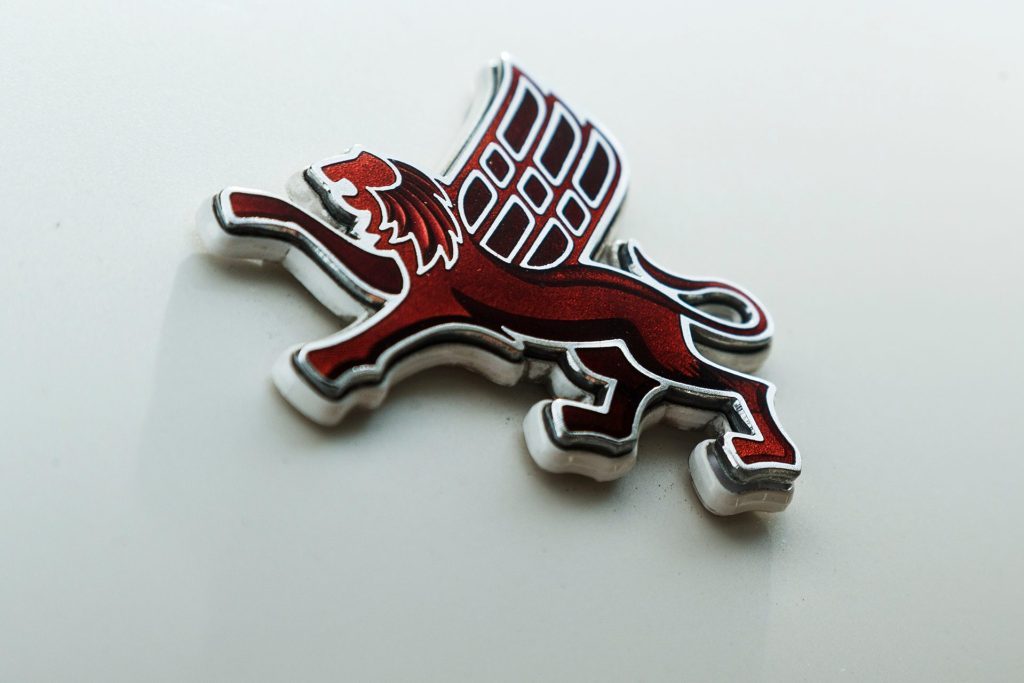
The styling is flush with ‘soft curves’ to give the big coupe a ‘sleek, refined look’. It has a raked stance, the front end low, rising up to the rounded rear, which Toyota said allowed it to ‘cut a stylish profile of agility and power’. It’s a big machine, 4.8m long and almost 1800mm wide, with a suitably low roofline.
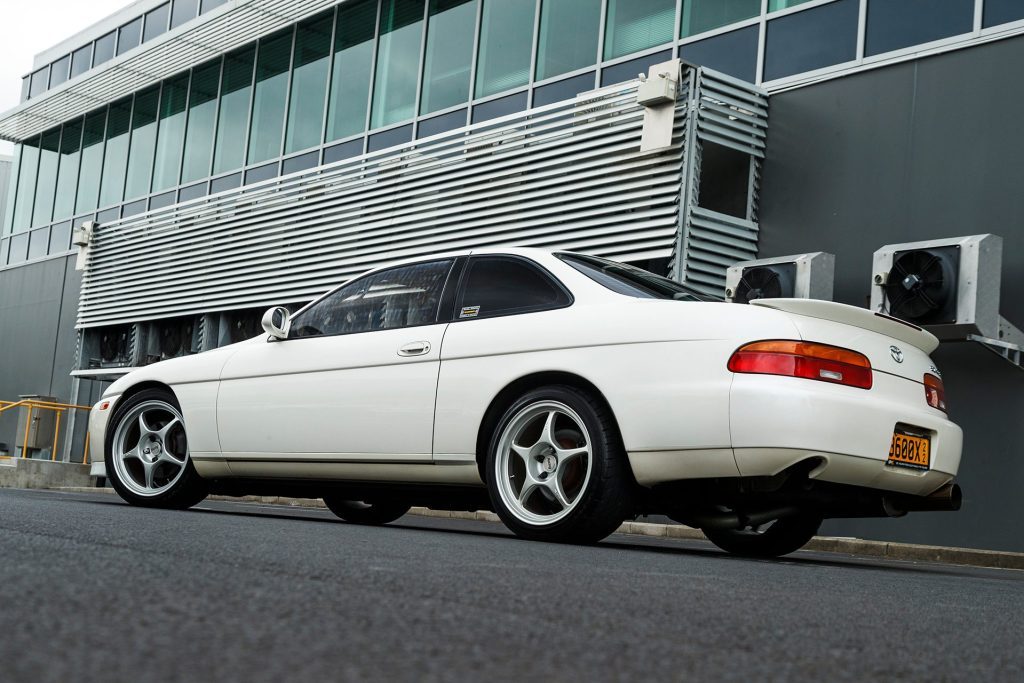
The Soarer was available with two engine options; a 4.0-litre V8 and a 2.5-litre twin turbo six. The 1UZ-FE V8 made 191kW at 5400rpm, with 353Nm chiming in at 4600rpm. This was mated exclusively to a four-speed auto. The 2.5 model, available in GT and GT-L grades, the latter with added extras like electric seats and cruise control, had the 1JZ-GTE 2491cc six nestled under its long hood. With two parallel turbos, it made 205kW with 360Nm spun out at 6200rpm. You might wonder why they bothered with the eight, but the Soarer was also destined to wear a Lexus badge and was marketed as the SC400 in the US and other export markets. It was also available as the SC300 with a 3.0-litre six, sans the snails.
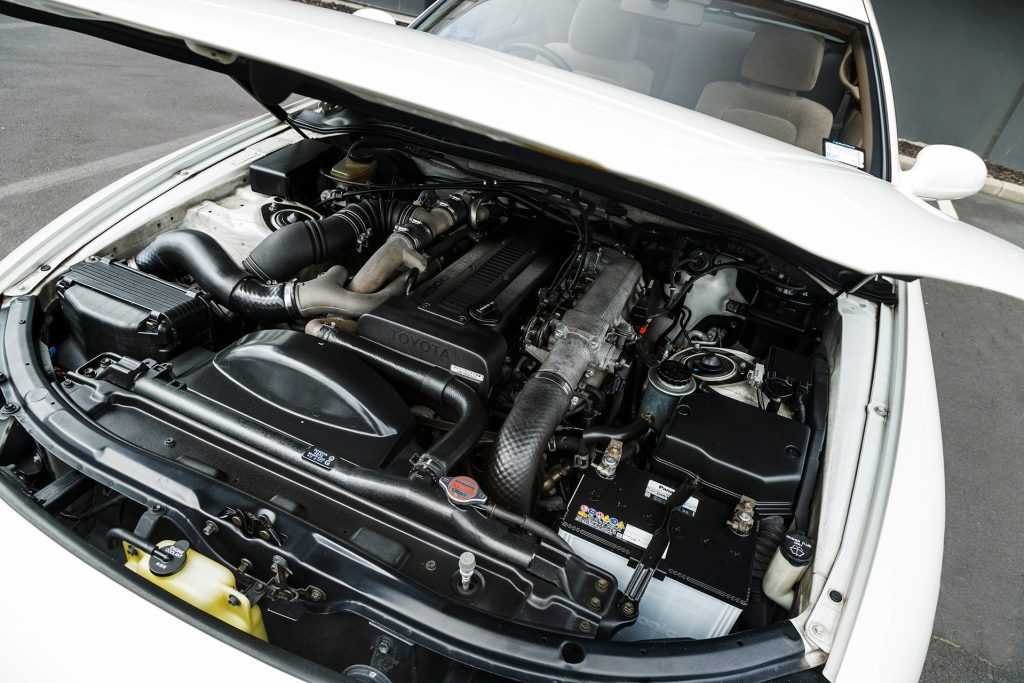
But back to the 2.5 GT, which could be had with either the four-stage auto or a five-speed manual. Like previous Soarers, the Z30 had commonality with the Supra, sharing bits with the A80 generation. But the Soarer lounged on a longer wheelbase, measuring 2690mm to the Supra’s 2550mm. Double wishbones all around located the wheels, and inspecting the underneath of our example, the suspension looks to be over engineered, as was typical of Toyotas of the era, with control arms for Africa and double strength bushings and mounting points.
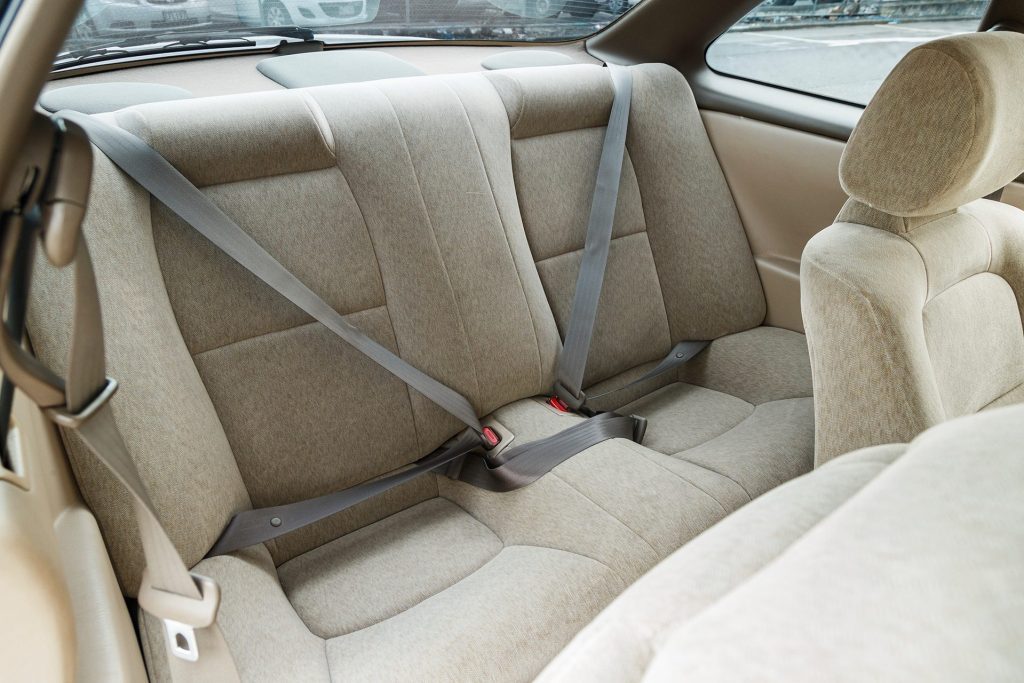
The suspension specifics differed from model to model. Electronically controlled air suspenders were standard on the 4.0 GT Limited, which constantly adjusted the damping force according to driving conditions, as well as offering variable ride height. The 2.5 models were coil sprung, the 2.5 GT L being fitted with Toyota Electronic Modulated Suspension (TEMS), offering hard and soft settings. These were semi-adaptive in that they would automatically default to soft when driving over excessively bumpy surfaces to deliver a smooth ride.
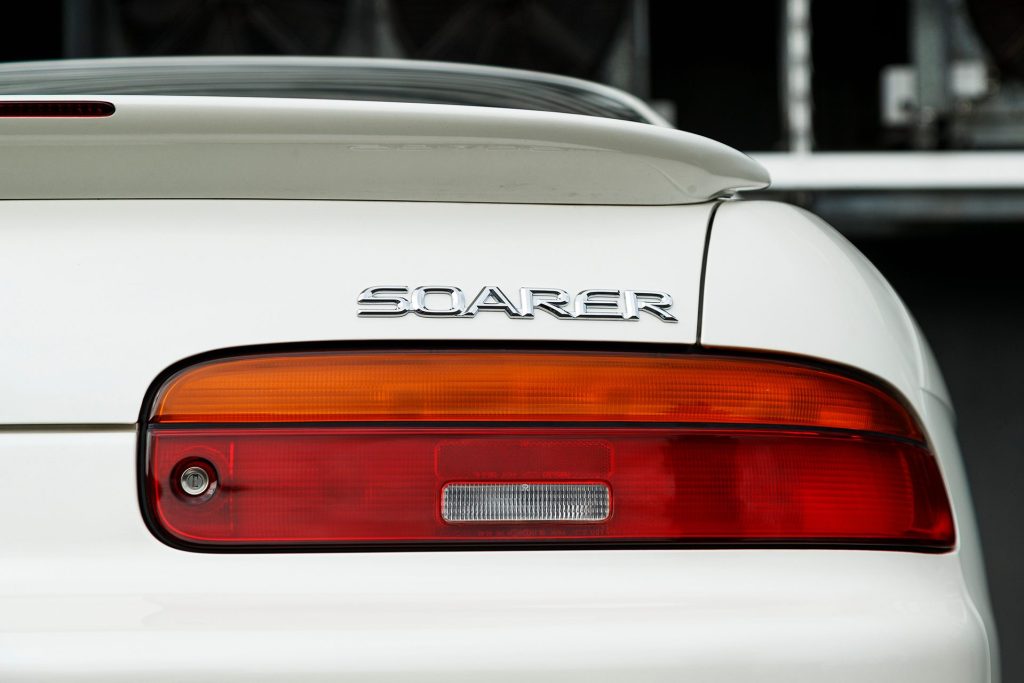
The rarest of Soarers is the 4.0 GT Limited with the optional active suspension and active four-wheel steering. This hydro-pneumatic, active-control set-up did away with the usual coil springs and was designed to keep the car flat when cornering, accelerating and braking. The rear-wheel steering was said to keep the car stable when turning at speed, while also improving the turning circle when parking. The system’s downsides included added cost and weight, the fully loaded 4.0 GT tipping in at 1730kg, some 100kg heavier than standard.
A torque sensing LSD was optional for the 2.5 models, while all but the base 2.5 gained four-wheel ABS and traction control. Other safety features were lacking, a driver’s air bag standard only for the 4.0 GT while a high-mount stop light got a mention in the press blurb.
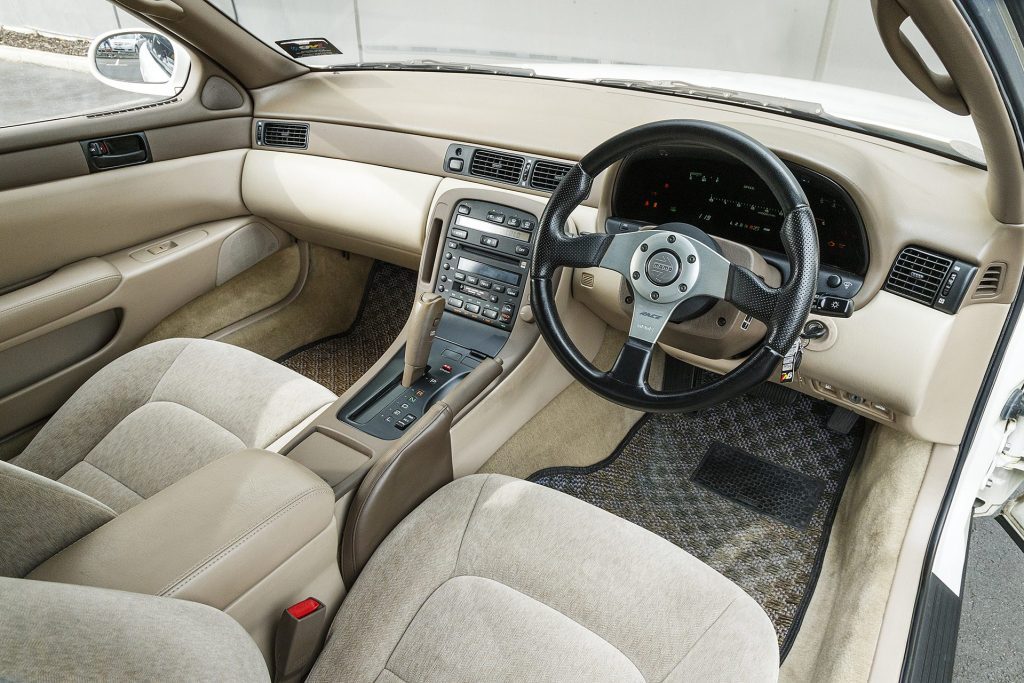
The interior is mildly confronting at first thanks to that massive phallus of a gear shifter protruding from the console. It is said to ‘stress function and style’, while the door trim and instrument panel are supposed to merge and ‘form a protective curve around the driver’. It’s all very nineties with fifty shades of tan evident and the seats coated liberally in velour decadence. This example, for sale at GVI in Auckland for $29,880, is in superb condition for its thirty years, having travelled just 77,000km. It must have been owned by a fastidious custodian in Japan, the interior virtually unmarked, the headlining unscathed, and there’s none of that stale smoke residue.
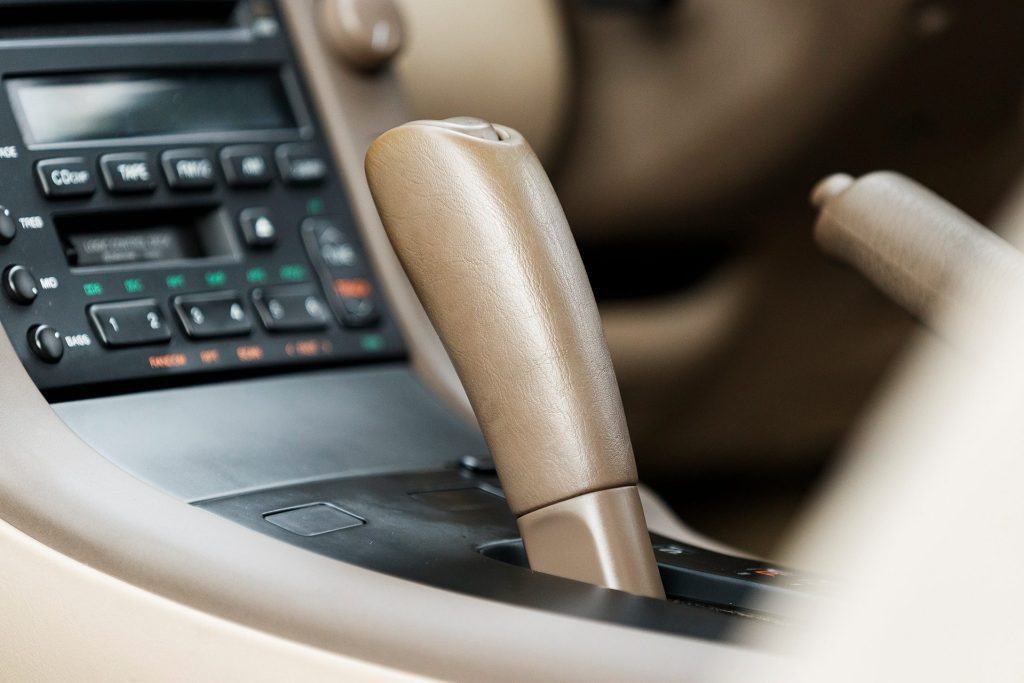
The dash is sprayed with big chunky buttons while the instrument panel is very JDM with its strip tacho and big digital speed readout. At the time, buyers of the 4.0 GT Limited could opt for Toyota’s new “Electro-multivision” display with a six-inch colour liquid crystal screen with GPS. This displayed ‘a newly developed global positioning system (GPS) utilising satellites’. It was said to offer ‘the world’s first route information system, displaying standard routes to given destinations’. No over-the-air updates available here though, being CD-ROM based. The display also allowed for the optional fitment of a backing camera.
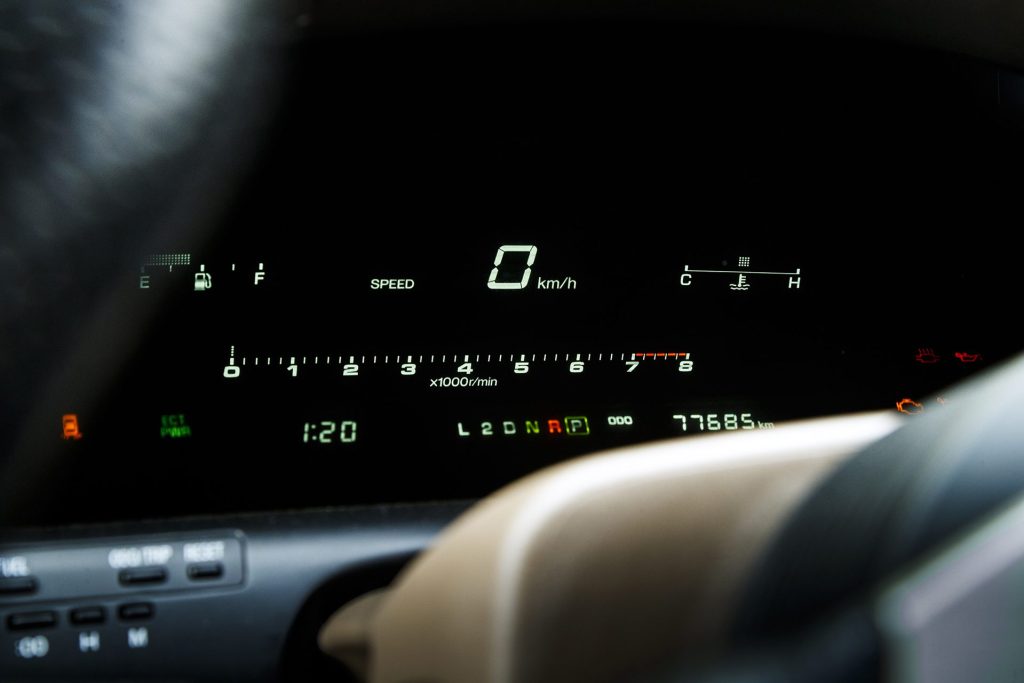
Another new innovation at the time was the ‘power walk in’ where the electrically adjustable seat would retract automatically to allow an easier entry and exit. Impressive stuff for the early nineties.
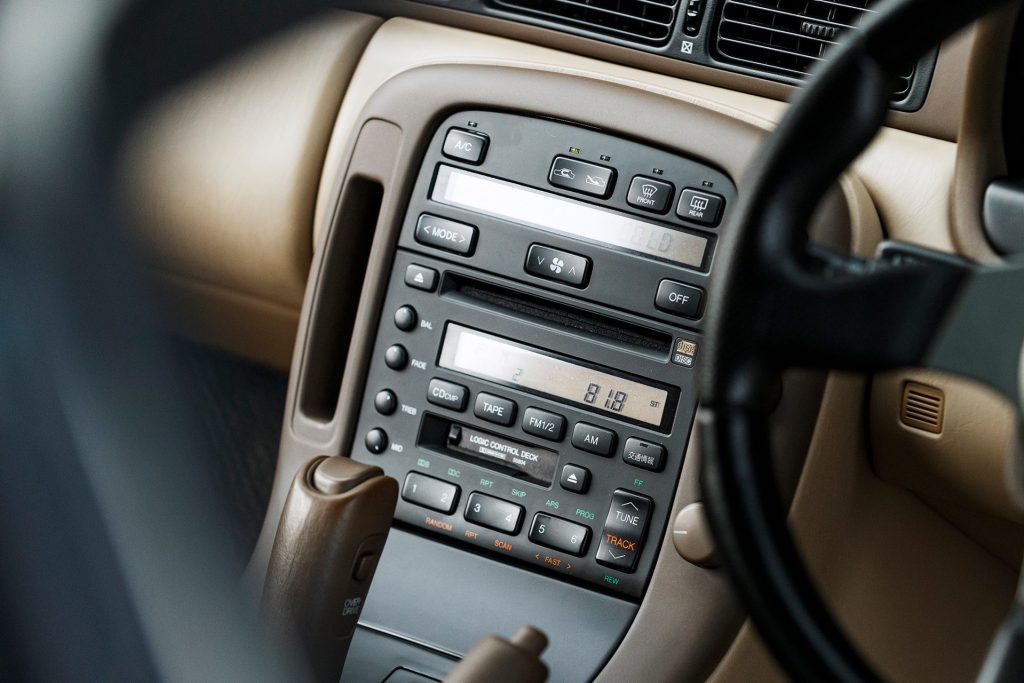
No such fancy fare here though but testament to that excessive Toyota engineering are the massive hinges for the door. These are said to aid the opening of the doors, which don’t feel heavy, and still shut solidly with no sagging evident. Actually everything feels solidly made here, the cabin well constructed, only exhibiting the odd rattle on the go. This is a bit more than a 2+2 arrangement, the rear seat with belts for three, but halflings need only apply. The boot too is halfway decent, at least for a coupe.
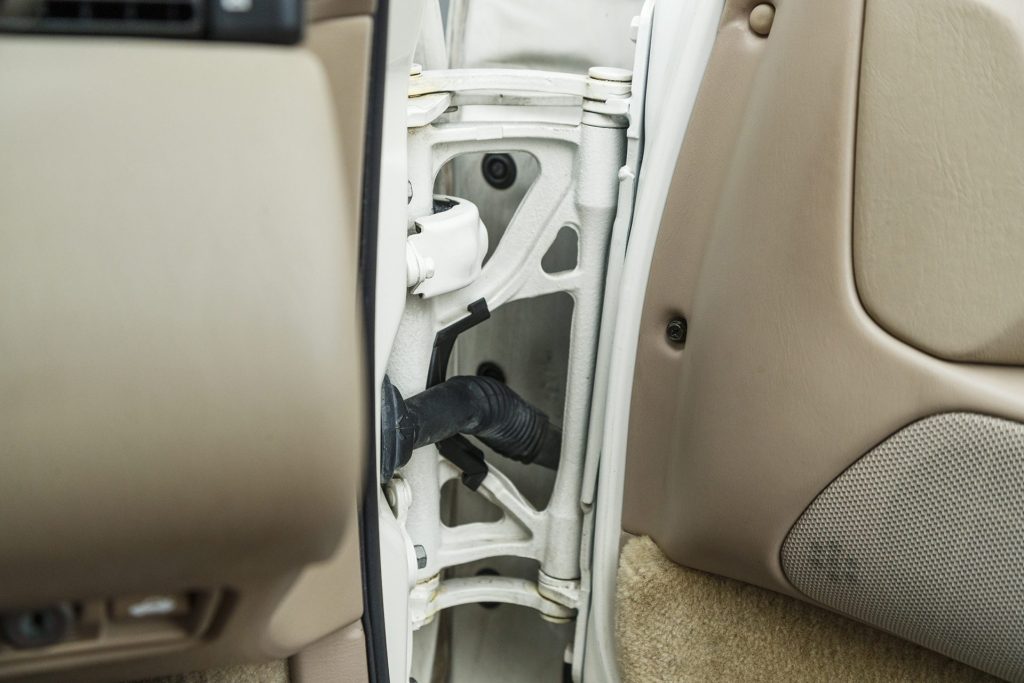
This example is sporting a few period mods, rolling on a set of Enkei Racing alloys shod with wider rubber measuring 245/40 R18 on the front and 275/35 R 18 on the rear. It’s riding a tad lower with adjustable GAB dampers and it has the obligatory big bore exhaust with a three-inch pipe culminating with a ‘Hyper Medallion’ muffler. And inside, the hideous four-spoke stock wheel has been replaced with a racy Momo.
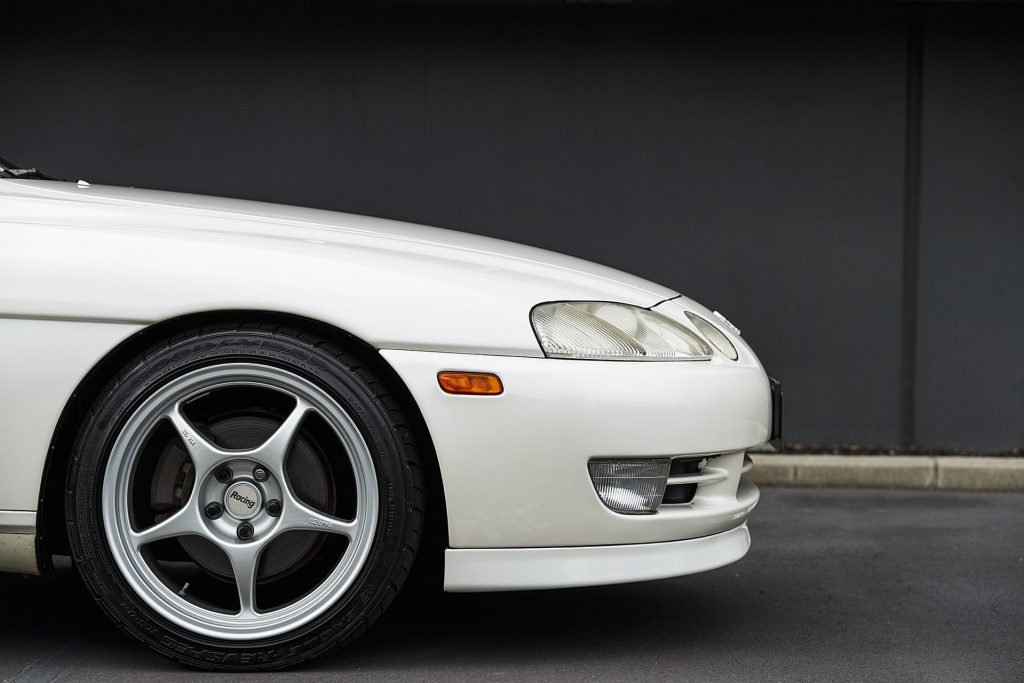
Being a Toyota, the 1JZ fires instantly, settling into a smooth idle. The four speed auto slips into D, no shunting or clunking. Its exhaust liberates more of that classic inline six tune as you step into it and the character of the driveline is more cultured than hooligan, despite what the twin turbo set-up might suggest. The low profile rubber and aftermarket dampers give it a firmer ride than stock, given they rolled from the factory with 225/55R16s.
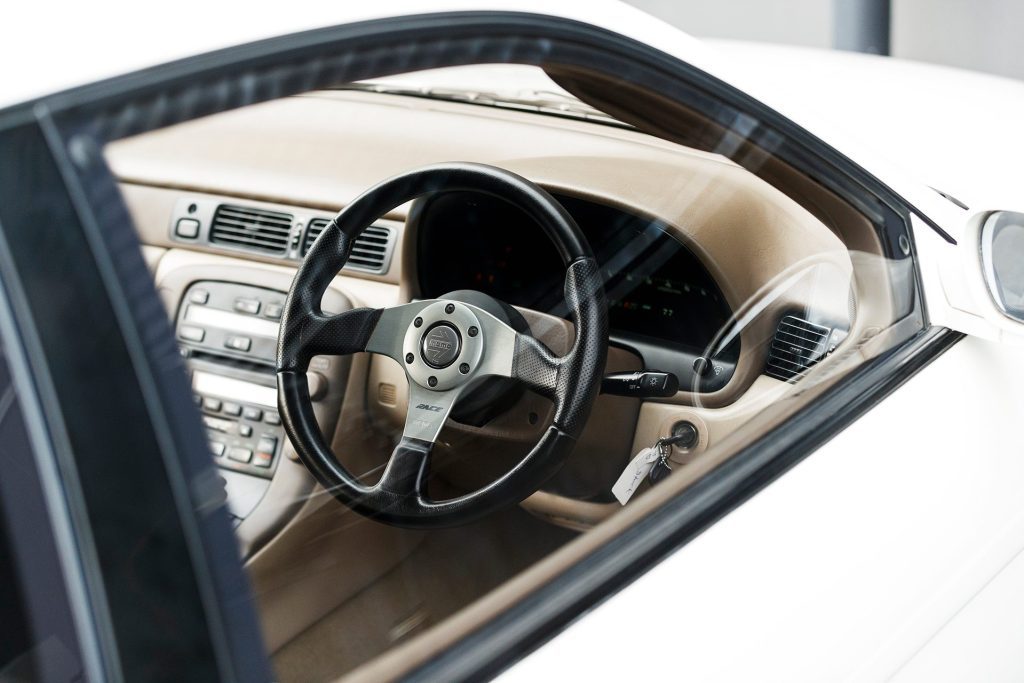
Its only drive mode button is for the transmission, with a Power or Normal setting, and there’s an overdrive off switch, remember those? At 100km/h, it’s churning at 2500rpm so it’s not going to be overly economical. Toyota rated it at 13.5L/100km, though a number in the 15s is more likely.
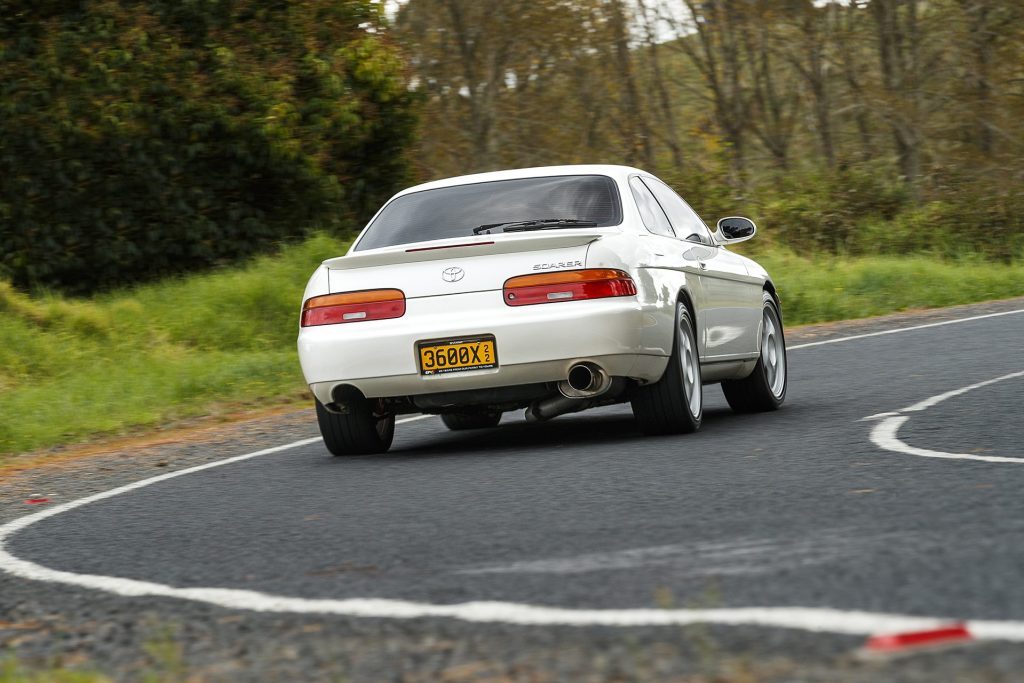
But it goes alright and is certainly no slouch. Off the mark, the rears (or should we say rear, as this is not fitted with the optional LSD) spin freely as the tacho lights up past 3000rpm. This would be rather lively fitted with the skinny stock treads. The power builds progressively, and picks up above 3000rpm, the six spinning smoothly but heartily to just before seven thou where the gearbox slots the next cog, and rather smoothly for a thirty-year-old.
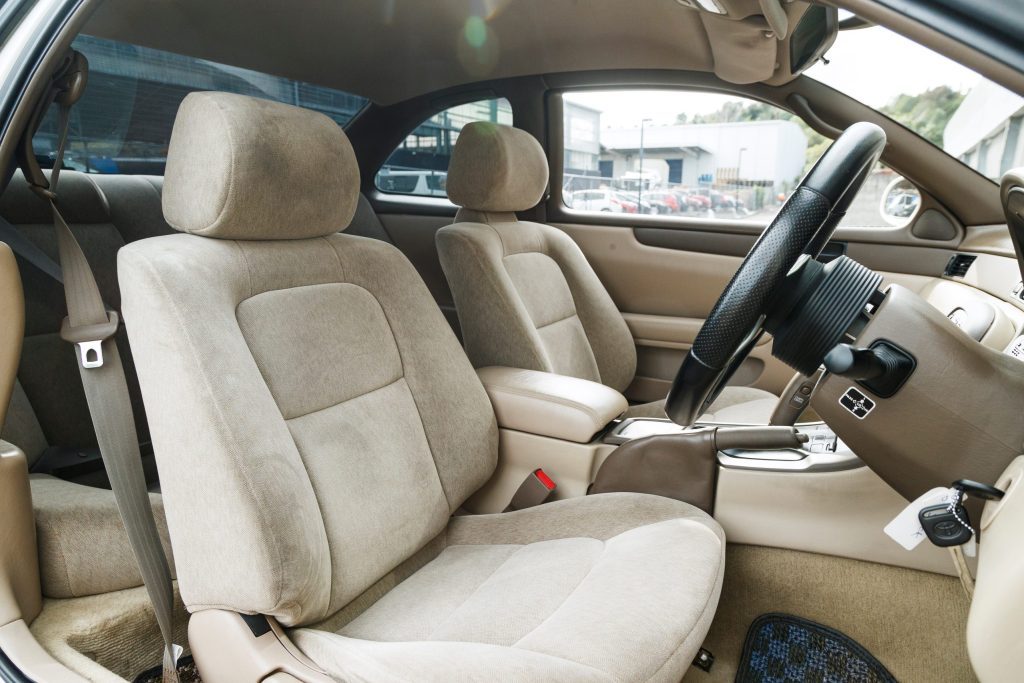
At a claimed 1560kg, it doesn’t feel nearly as heavy and lazy as we expected. Nor is this too low or harsh, and rides the bumps better at speed than the urban ride would suggest, all without shaking the cabin to bits. Clearly the chassis has a certain rigidity to it. It’s not the sharpest steer, being a little slow on the turn and while you certainly feel the road through the wheel, meaningful feedback is somewhat lacking. On the curve chase, this is comfortable and competent, being well balanced and stable.
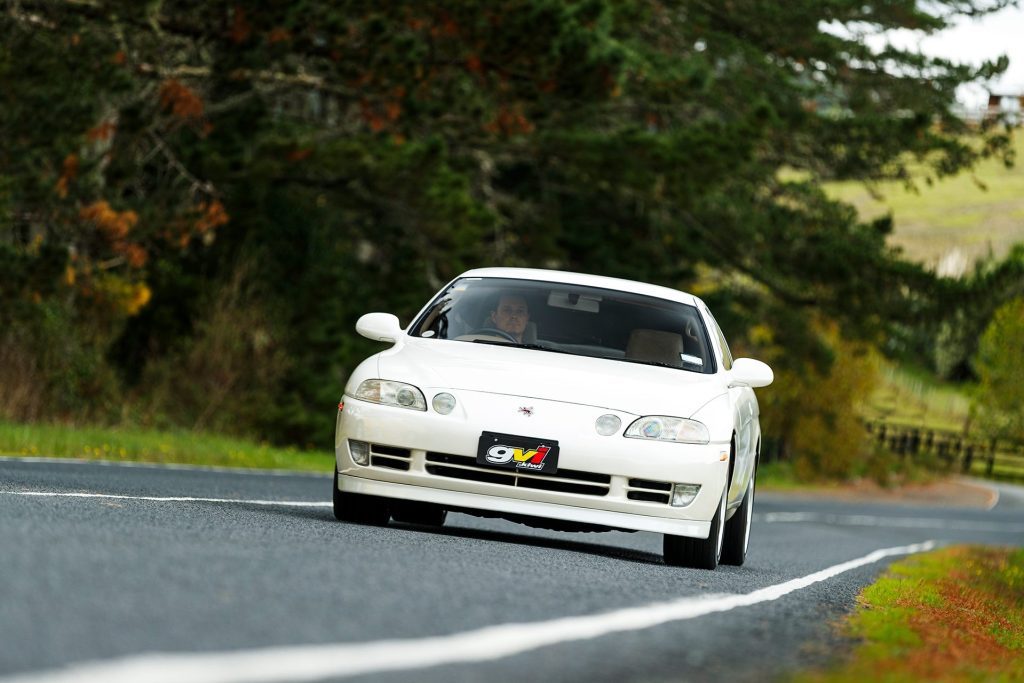
That auto will chop and change constantly when left in D, and can’t fathom anything smart like initiating a downshift when you’re on the picks. But locking it in second helps sort it. With a decent spread of torque, the 2.5 can easily pull the broad ratio, and then the box won’t suddenly shift down on you when you add gas, helping give better control of the traction. You can then let it wind out, shifting into D when the 6700rpm limit approaches. Yeah, it’s not as good as the five-speed manual version would be but not as bad as you might think either.
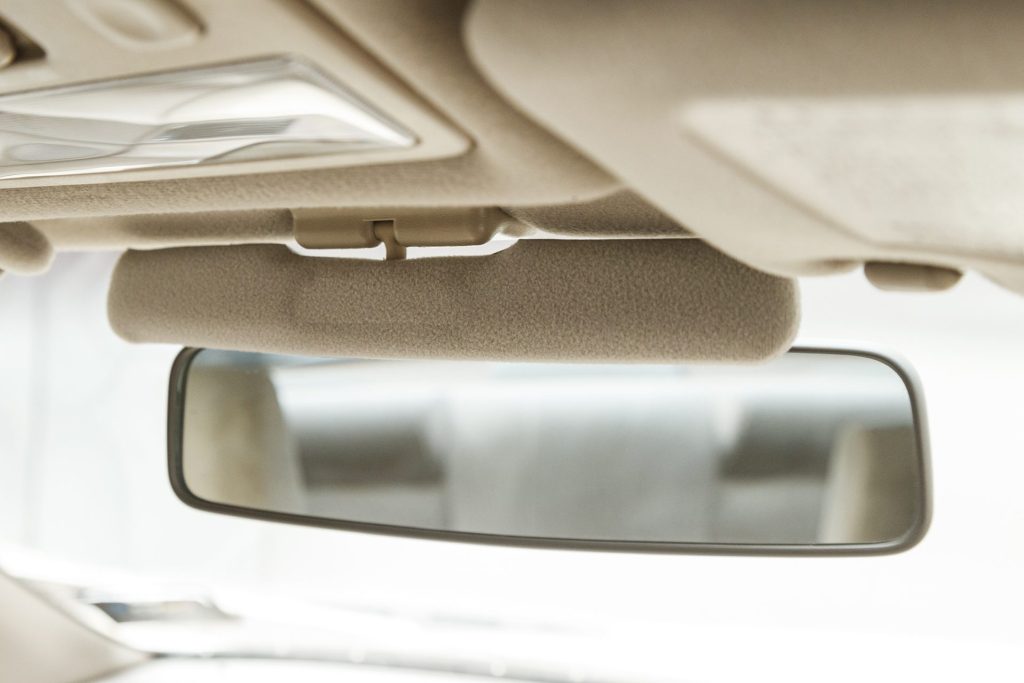
The 2.5 GT was updated in 1996 with the engine adopting a single turbo and variable valve timing which boosted torque to 378Nm. However, Toyota never did give it the five-speed auto that the Lexus SC variants were granted. Production of the Z30 wrapped up in 2000 when it was replaced by the challenging SC430, with its folding top and hard-to-love looks. And so the Z30 certainly represents the peak of the Soarer line.
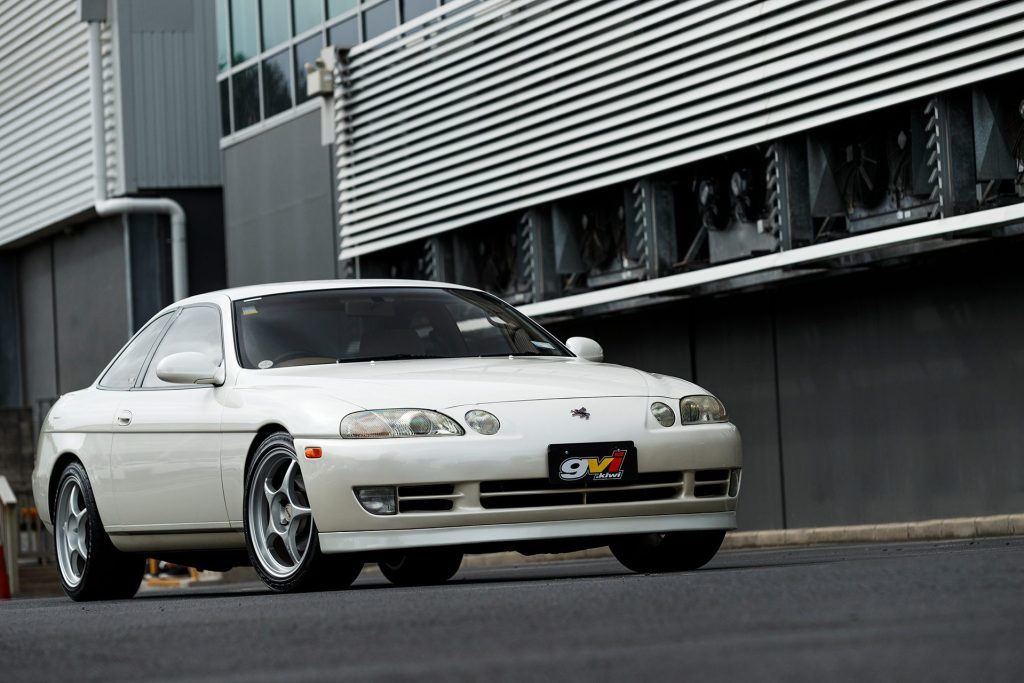
You may also like…
In the car sphere, the letter ‘R’ brings with it a certain expectation. R is for race. We delve into...
Not all homologation specials are equal. Amongst the knowledgeable, it’s those first 500 examples of the breed, made to comply...

